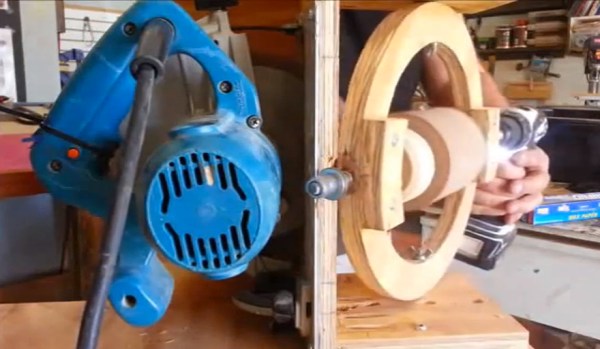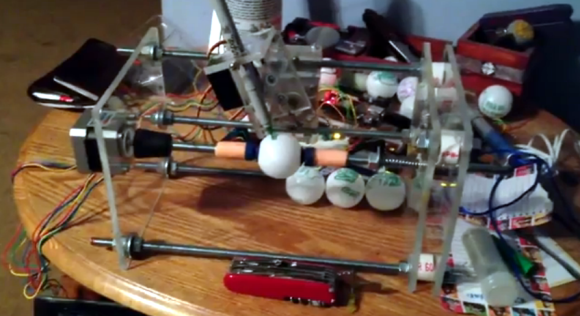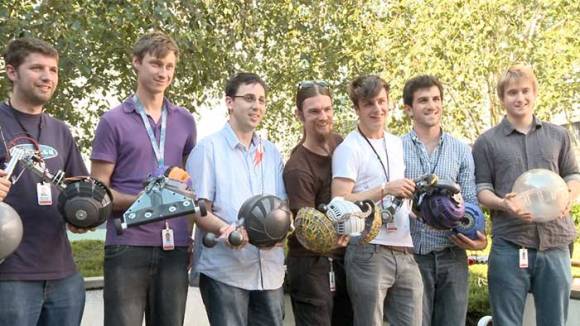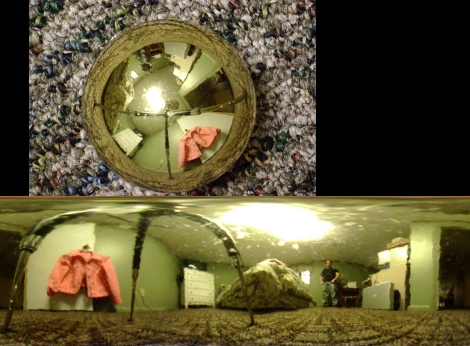
This wort cooler looks beautiful. No, it’s not for removing warts, it’s part of the brewing process for the nectar of the gods. Even if it wasn’t meant to create alcohol, we would be drawn in by those pretty copper curves.

We’re not surprised at all to see this remote-controlled bowling ball. We’ve seen remote-controlled spheres several times and this just seems like the logical conclusion. We wish there were some build details though. [via neatorama]

When [Anthony Toth] an aircraft enthusiast, decided remodel his garage, he shot for the sky. He has recreated the first class cabin of a Pan Am 747 circa the 1970s. It took him nearly 20 years to scavenge the parts and over $50,000 to pull it all together. [via makezine]

This super cheap simple cable tester caught our eye. There’s nothing complicated here, pretty common sense really. Why didn’t we think of it?

Over the years, Asimo has become a household name. At least in geek households. We’ve seen him go from crazy looking walking microwave prototype, to giant scary space man monster, to the lovable little guy we know now. You can see the full evolution of Asimo in this picture series.

Got an old box camera? Want to use it with modern 35mm film? Here’s a guide to getting it to work. It mainly just involves making a simple mounting bracket.

We like LEDs a lot, but this is getting ridiculous. This dress has 24,000 LEDs. They power it with iPod batteries spread throughout the dress. This cuts down on the bulk and helps distribute the weight.

Coffee cup technology hasn’t changed much in the last bazillion years. We’re pretty sure cave people carved them from stone, and now they’re made from ceramic which really isn’t that different. Some researchers are changing all that, and designing a coffee cup that is supposed to regulate its temperature in a new way. This mug is manufactured with internal convection channels and is made from a material known for its temperature regulation called PCM. Interesting, but it will probably cost much more than a simple insulated thermos. [via neatorama]
























